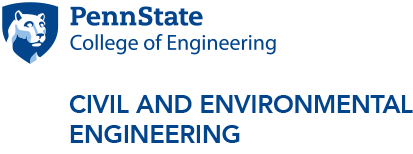Beavers: The Original Log Transformation
Abstract: The beaver (Castor canadensis and C. fiber) is the quintessential ecosystem engineer. Beavers cut trees and shrubs, build dams, dig canals, and extensively excavate soil – structural changes that profoundly change how water, sediment, nutrients, and energy flow through river corridors. For millions of years they helped shape the development of many Northern Hemisphere landscapes. However, unsustainable trapping and land use changes led to the near extirpation of beavers from much of their North American and Eurasian range by the 19th century. As a consequence of these actions and further exacerbated by climate change, there has been widespread physical and ecological degradation of riverine systems. Today beavers have reclaimed much of their past geographic range, albeit at a lower population density, owing to more favorable public perception of beavers, and conservation and reintroductions. Looking forwards, their range is shifting. As a result of a climate change driven increase in abundance of woody species, beavers are starting to colonize low arctic tundra regions. As a result of human involvement, an invasive beaver population was introduced in southern Patagonia as part of a program to augment furbearers. We cannot change the past, and the present is already in motion. We may still be able to influence the beaver-y future of rivers…if we decide we want to do that. In this talk, we present a series of vignettes exploring what exactly the beaver-y past, present and future of riverine systems did, does, and could look like.
Biographies
Dr. Emily Fairfax is an Assistant Professor of Geography at the University of Minnesota and an affiliated faculty member with the Saint Anthony Falls Lab. Dr. Fairfax double majored in Chemistry and Physics as an undergraduate at Carleton College, then went on to earn a PhD in Geological Sciences with an emphasis in Hydrologic Sciences from the University of Colorado Boulder. She uses a combination of remote sensing, modeling, and field work to understand how beaver ecosystem engineering can create drought and fire-resistant patches in the landscape under a changing climate. When Dr. Fairfax says she can talk about beavers all day, she’s not kidding.
Dr. Cherie Westbrook is a professor of ecohydrology in the Department of Geography and Planning at University of Saskatchewan. She received a HonBSc in environmental science at University of Toronto, an MSc in environmental biology at University of Alberta, and a PhD in ecology at Colorado State University. Her research focuses on physical processes and forms of beaver-dominated landscapes under a changing water supply to support natural solutions for ecosystem restoration, climate change resilience and strong public policy development.
Event Contact: Li Li



